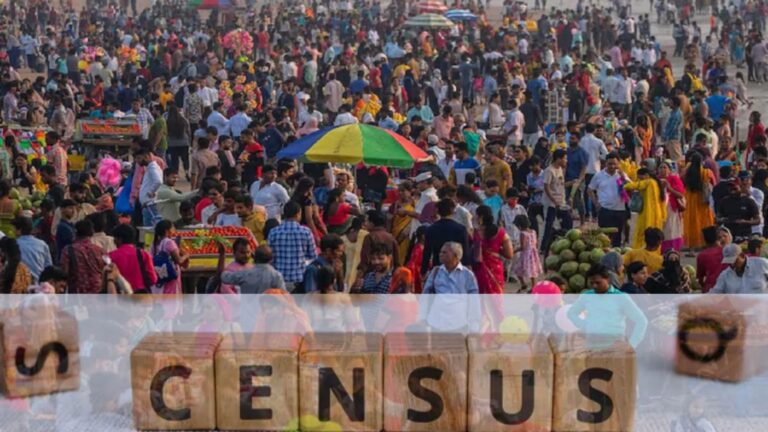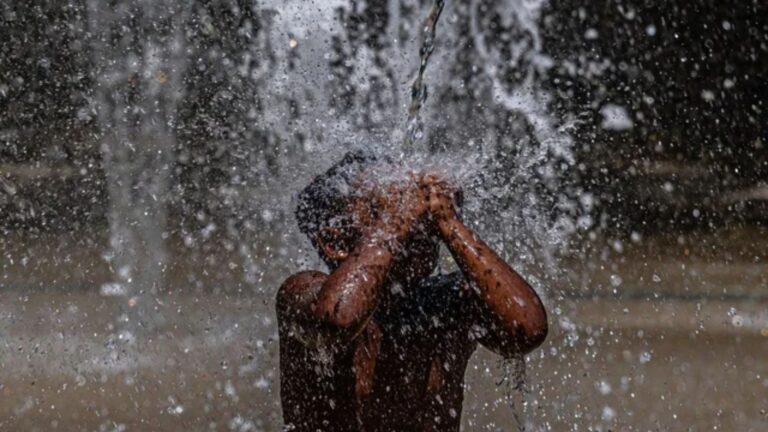
As India heads into another sweltering summer, the country’s water crisis is becoming more severe. Issues related to water availability, quality, and infrastructure are now influencing political outcomes, as seen in the recent Delhi Assembly elections, where clean water and sanitation were major voter concerns. With cities like New Delhi, Mumbai, Chennai, Pune, and Bengaluru facing persistent water shortages, urban flooding, and dependence on tanker mafias, the question arises: who is responsible for maintaining and improving India’s water infrastructure?
Budget Allocations and Challenges
In the Union Budget 2025-26, the Indian government allocated Rs 99,500 crore to tackle rural and urban water challenges. Key initiatives include extending the Jal Jeevan Mission until 2028, launching a five-year Urban Challenge Fund to support growing cities, and implementing the Prime Minister Dhan-Dhaanya Krishi Yojana to improve irrigation in low-productivity agricultural districts.
While these financial commitments are substantial, they may not be enough. A 2024 report by the Global Commission on the Economics of Water highlights that water systems worldwide suffer from severe underfunding, requiring billions of dollars in investment to combat climate change-related disruptions. India, in particular, faces two pressing financial issues in the water sector: inadequate budget allocations and misdirected subsidies. The need for climate-resilient infrastructure, advanced water-saving technologies, and efficient wastewater reuse is more urgent than ever.
Systemic Challenges in Water Management
Historically, India has focused on building new water supply infrastructure rather than maintaining and improving existing systems. The Jal Jeevan Mission seeks to change this by emphasizing long-term operation and maintenance through infrastructure development in diverse climatic and hydrological terrains, with community participation.
Additionally, inefficient subsidies for water consumption have led to financial shortfalls, making it difficult to maintain and upgrade infrastructure. The widespread perception of water as a free public good has encouraged excessive and unregulated use, particularly in the domestic and agricultural sectors. This has, in turn, placed a financial burden on industries, discouraging them from treating wastewater. A prime example is Delhi, where poor operational efficiency in sewage treatment plants has contributed to severe pollution in the Yamuna River.
A Three-Pronged Approach to Solving India’s Water Woes
Addressing India’s water crisis requires fundamental changes supported by sustainable investment. Three key reforms could help tackle the issue effectively:
Revising Water Pricing Mechanisms Water needs to be priced effectively, with targeted subsidies for economically disadvantaged groups. A tiered billing system, similar to electricity pricing, should be introduced, ensuring higher tariffs for higher consumption levels. In agriculture, volumetric-based pricing should be implemented to encourage efficient usage. Maharashtra has already pioneered this approach by establishing a State Water Resource Regulatory Authority. However, past efforts at incremental and volumetric pricing have failed due to poorly designed tariff structures. Addressing these flaws could improve cost recovery and fund infrastructure maintenance.
Encouraging Private Sector Investment Private players must be incentivized to invest in the water sector, which has traditionally been government-controlled. Opportunities include large-scale water supply projects, desalination plants, and wastewater treatment facilities. However, challenges such as high initial costs, underpriced water, and uncertain returns have discouraged private investment.
Solutions include blended finance, which combines public and private funds to reduce investment risks, and the hybrid annuity model (HAM), which ensures revenue through operation and maintenance payments. Successful implementations of HAM in national highway projects and wastewater treatment in the Ganga basin highlight its potential. Additionally, India’s green credit program can attract investment by issuing tradable certificates for water conservation efforts.
Global Leadership and Knowledge Sharing India must take a leadership role in global water governance. The country is already making strides in international water dialogues, as seen at COP28 in 2023, where it launched the Global River Cities Alliance. This initiative connects over 275 river cities across 11 countries to share best practices, mobilize funding, and enhance water management strategies.
India’s Ministry of Jal Shakti and the Council on Energy, Environment, and Water (CEEW) have also co-authored a G20 compendium on global water management practices. Meanwhile, the Lifestyles for Environment (LiFE) initiative is encouraging responsible water usage, linking it with the green credit program to promote sustainable water conservation. Additionally, the Ministry of Housing and Urban Affairs recently launched the Cities Coalition for Circularity, an international platform to foster urban water system sustainability.
Conclusion
India’s water crisis is not insurmountable, but it demands urgent, coordinated action. A combination of policy reforms, innovative financing strategies, and global collaboration can drive meaningful change. By acknowledging current challenges, leveraging best practices, and mobilizing new financial resources, India can safeguard its water future and serve as a global model for sustainable water management.






